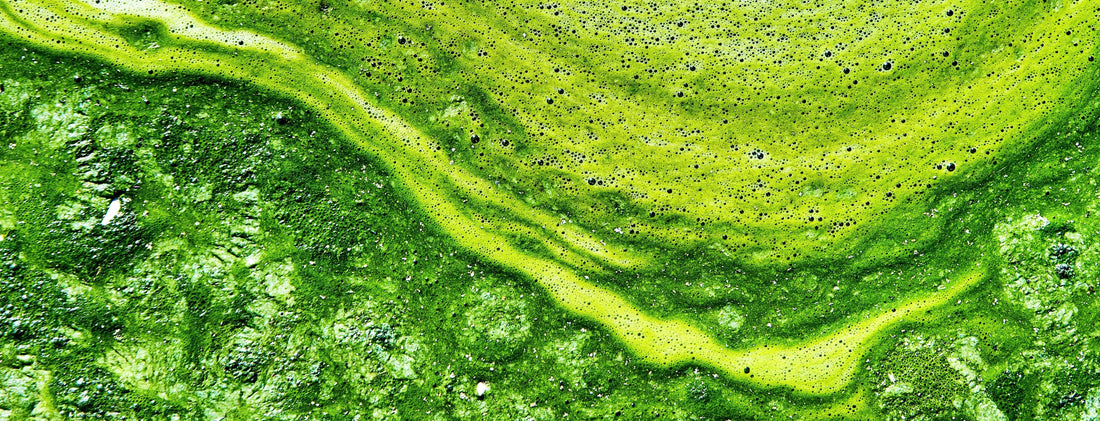Note: This tutorial is an revision and update of a previous one from 2018
Algae are the oldest and most widely distributed form of plant life. They range in size from the large ocean kelps to microscopic single cells, so small that a single drop of pond water may contain thousands of these simple plants.
Algae is an informal term for a large, diverse group of photosynthetic organisms that are not necessarily closely related, thus polyphyletic.
Microscopic algae in great quantities farm the familiar layer on ponds and ditches. Most other forms of algae are found in streams, on rocks and moist places.
- Algae such as the microscopic oscillatory, live in and on the soil.
- Some algae live in association with other organisms.
- Likens consist of algae living in union with fungi.
- Algae can even live on the back of a snail.
- The Five major groups of algae are the green blue green diatoms red and brown.
Algae are not closely related in an evolutionary sense, and the phylogeny of the group remains to be delineated. Specific groups of algae share features with protozoa and fungi that, without the presence of chloroplasts and photosynthesis as delimiting features, make them difficult to distinguish from those organisms.
Indeed, some algae appear to have a closer evolutionary relationship with the protozoa or fungi than they do with other algae.
Is Algae in my garden a problem?
Yes and no; A small amount of algae in your garden or grow room is completely fine and very easy to deal with. Do not panic if you are finding algae on the top of a moist pot, commonly found on surface level of the medium of plants with either small under-developed roots (clones or seedlings that are in the process of building root structure) or overwatered plants that are never allowed to partially dry out. This type of algae growth problem is quite common and usually only seen for a week or two before it ends up solving itself as the roots begin to drain the moisture from the medium when large enough to do so.
Problems with algae will arise when left in the perfect conditions to grow, which is defined as a constantly moist medium that has a sustained light source with the perfect environmental temperature for Algae growth. When left unchecked and allowed to get out of hand, Algae and attract a range of different pests and bacterias to begin to multiply, leading to other negative synergistic effects on your plants.
Growing and Dealing with Algae
Finding algae on or around your plants, usually on the top of your medium, is not the end of the world.
Solution: Lowering moisture levels around algae growth areas, reducing or removing the light that reaches algae and 'resetting' your medium are quick and easy fixes to this minor issue.
To 'reset' a medium, simple flush with hydrogen peroxide water solution of 1ml to 10L of water. Flood your medium using this and then follow with a simple A/B base nutrient solution of low concentration to allow your plant to bounce back from the sterilisation of its medium.




